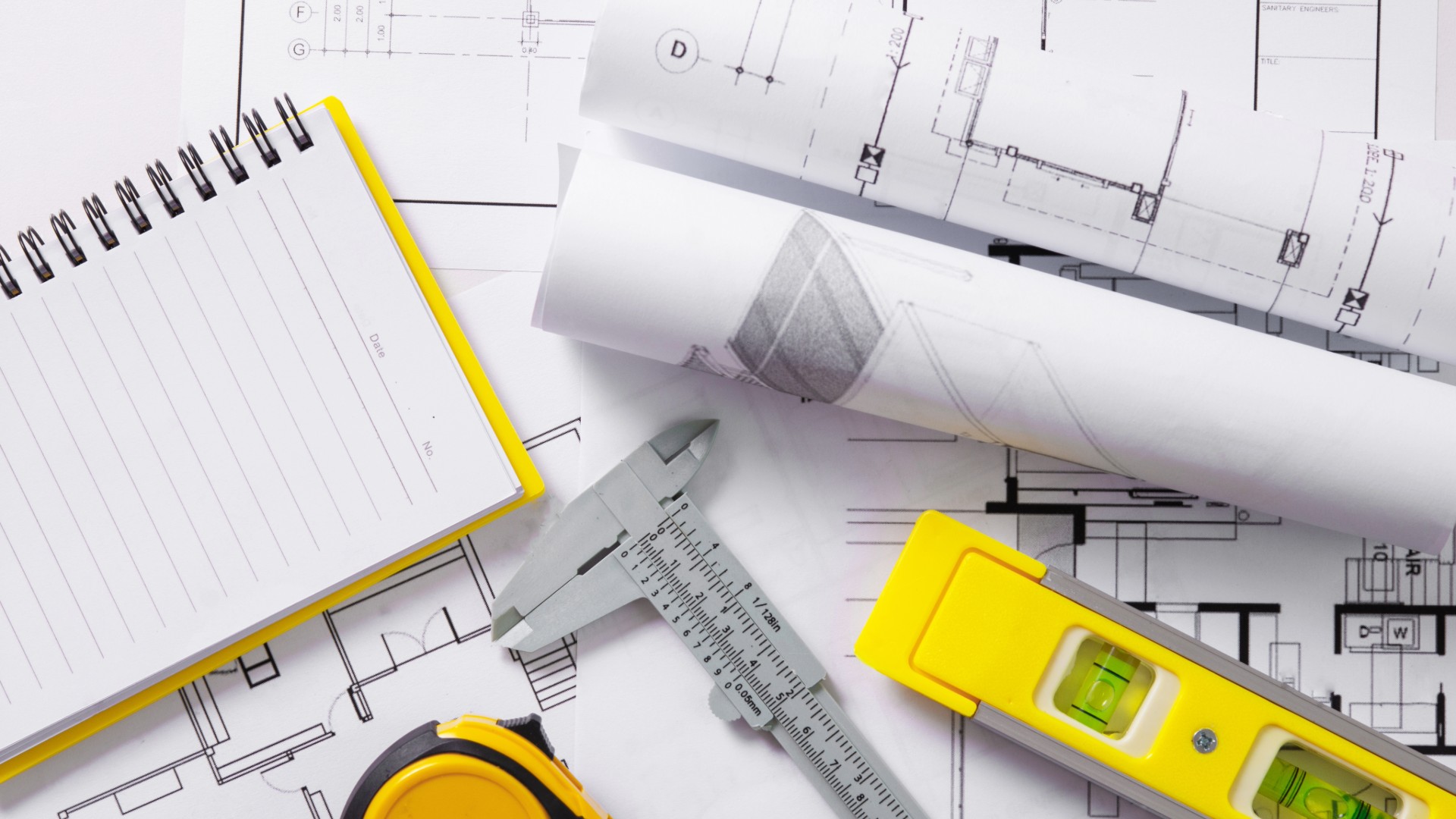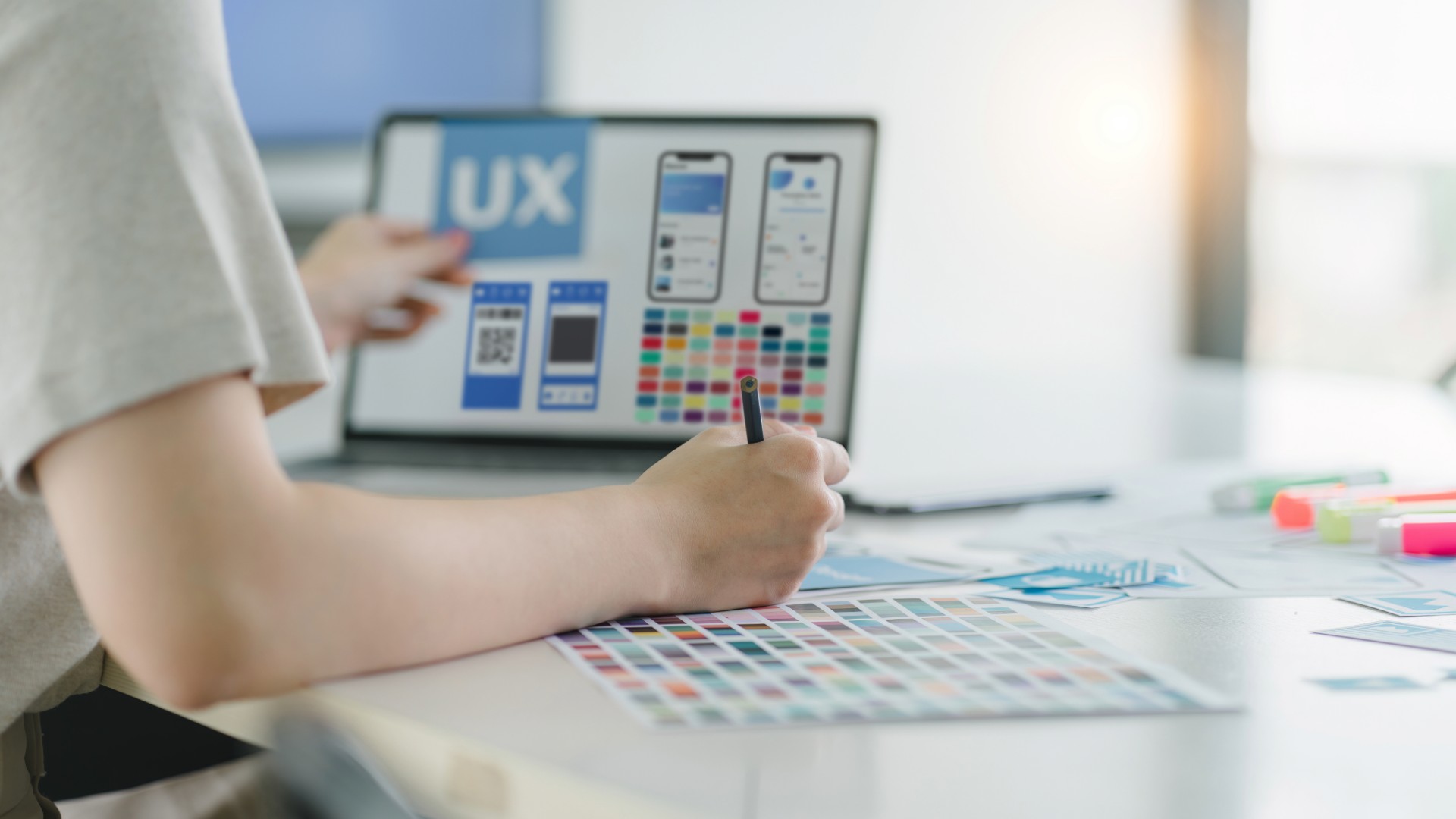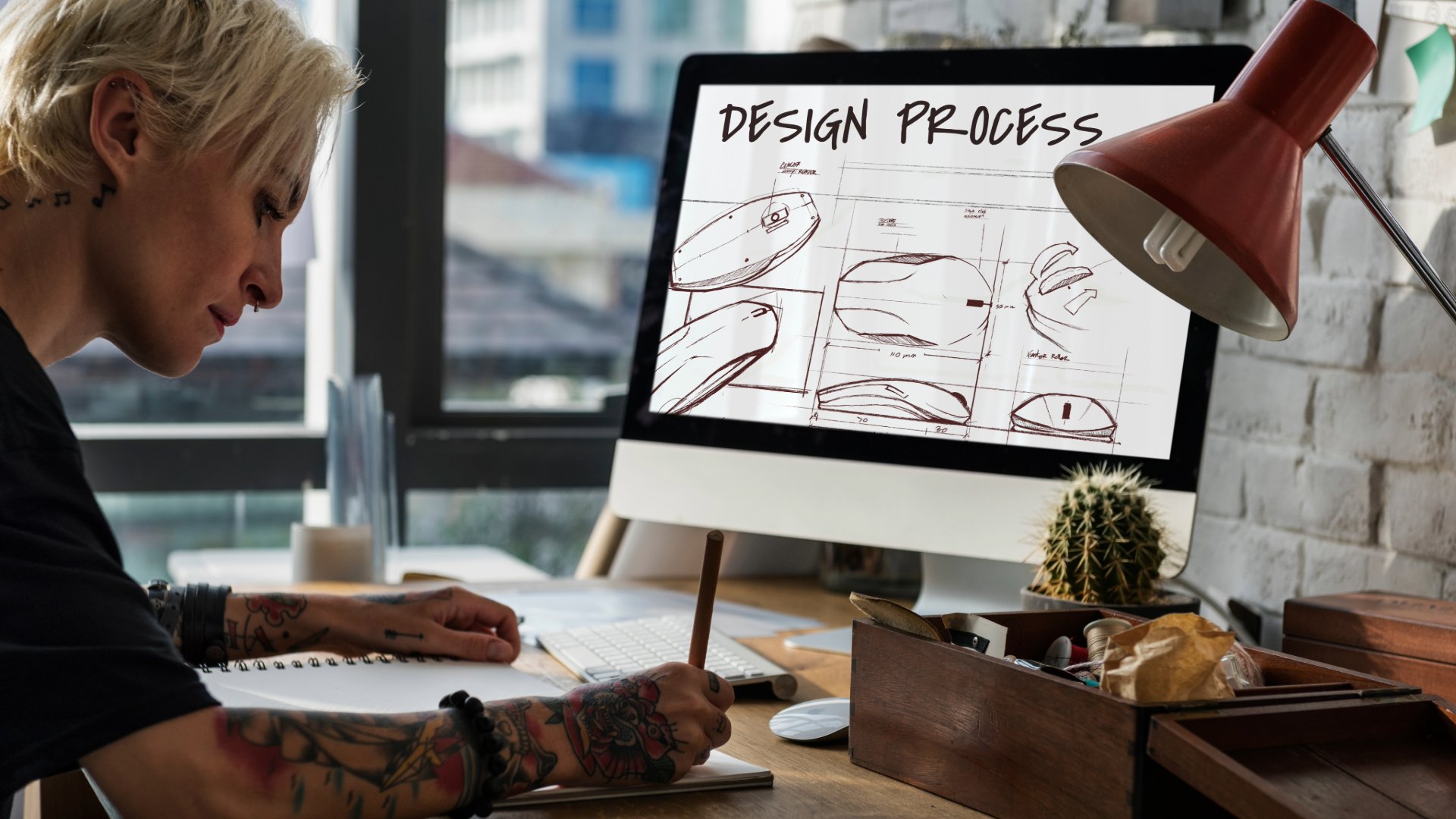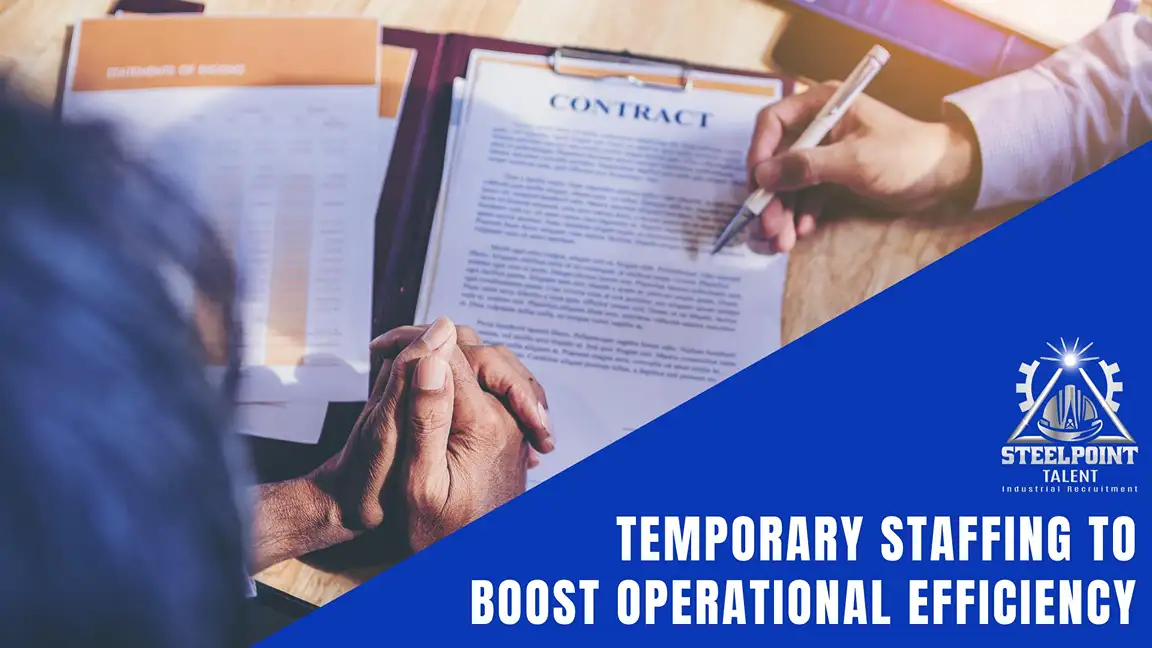Industrial design jobs are no longer confined to sketching concepts or refining product aesthetics; they’re at the forefront of shaping how industries innovate, manufacture, and compete. In the present-day industrial ecosystem, design has become a strategic force that blends creativity with engineering, form with function, and user experience with business outcomes. From reimagining factory equipment for greater efficiency to developing ergonomic tools for defense and energy sectors, industrial designers are redefining the boundaries of innovation. As a result, companies across manufacturing, defense, energy, and technology are actively expanding their design teams, fueling an unprecedented rise in demand for professionals who can turn complex technical challenges into practical, high-performing, and visually compelling solutions.
The demand for skilled designers has expanded beyond traditional consumer products to complex systems, machinery, and industrial equipment, areas where efficiency, safety, and user experience intersect. As industries continue to digitalize and adopt sustainable manufacturing practices, opportunities for jobs in industrial design are becoming more diverse and strategically important. Employers are now looking for designers who can collaborate across disciplines, optimize product lifecycles, and contribute to innovation pipelines that directly impact business outcomes.
At the forefront of this transformation, Steel Point Talent plays a pivotal role in connecting top-tier candidates with leading organizations seeking experienced professionals for industrial designer jobs. With a deep understanding of both design principles and technical hiring needs, Steel Point Talent helps bridge the gap between creative vision and industrial performance, matching companies with designers who not only think differently but deliver measurable results.
Understanding the Industrial Design Landscape
Industrial design is a strategic discipline that combines creativity, engineering, and user experience to create functional, efficient, and visually compelling products. As industries evolve, the demand for skilled professionals in industrial design jobs continues to grow, particularly in manufacturing, energy, defense, and technology sectors. Companies increasingly rely on industrial designers to deliver solutions that are both innovative and practical, ensuring products meet performance standards while enhancing user satisfaction.
The scope of industrial design jobs has expanded beyond traditional consumer goods to include complex machinery, digital interfaces, and integrated systems. Professionals in jobs in industrial design are now expected to navigate technical challenges, collaborate across departments, and contribute to the product lifecycle from concept to production. This broadening role makes industrial designers critical assets for businesses aiming to innovate efficiently and effectively.
Additionally, top companies are actively seeking applicants for industrial design jobs who can balance engineering feasibility with aesthetic vision. Optimizing usability, sustainability, and cost-effectiveness is the responsibility of professionals in industrial design jobs, who make sure that design choices directly support the goals of the company. Skilled designers are more valued than ever due to their unique blend of technical expertise and creativity, which drives competition and enhances product success.
The Four Major Types of Industrial Designer Jobs
- Product Design – Focused on creating and refining tangible goods for mass production and optimal usability.
- User Experience (UX) Design – Enhances interaction, functionality, and satisfaction across digital and physical products.
- Interaction Design – Designs seamless engagement between users and devices, ensuring intuitive experiences.
- Service Design – Organizes people, processes, and infrastructure to deliver cohesive, efficient service experiences.
Education and Core Skills for Industrial Design Success
Pursuing a career in industrial design jobs begins with a strong educational foundation. Most employers look for candidates with a bachelor’s degree in Industrial Design, Architecture, or Engineering, complemented by courses in materials science, ergonomics, and manufacturing processes. This formal training equips aspiring designers with the technical knowledge and problem-solving abilities required to excel in jobs in industrial design across diverse industries.
Beyond the classroom, mastering core skills is crucial for success in the competitive field of industrial design. Candidates who are proficient in CAD software, 3D modeling, prototyping, and visual communication are able to convert concepts into concrete, producible solutions. Cross-disciplinary cooperation, user-centered design concepts, and creative thinking are equally important since they enable industrial designers to handle real-world challenges successfully.
Experience in the workplace, whether through co-ops, internships, or personal projects, improves practical knowledge and equips candidates for leadership positions in industrial design jobs. By combining technical expertise with education, future professionals position themselves to meet the increasing demand for highly skilled designers who can develop innovative solutions that align with industry standards and business objectives.
Building a Portfolio that Captures Employer Attention
One of the most important resources for landing a top industrial design job is a well-designed portfolio, which not only acts as a visual CV but also as proof of technical proficiency, creative vision, and problem-solving skills. Portfolios are used by employers in the industrial, energy, defense, and technology industries to evaluate a candidate’s design thinking, prototyping, and user-focused solution approaches. Aspiring professionals can differentiate themselves in the competitive industrial design job market by presenting concrete samples of completed projects that showcase their ability to transform ideas into valuable, impactful outcomes.
Candidates should include a diverse range of work in their portfolios that showcases both the design process and the final product when applying for industrial design jobs. Along with descriptions of design difficulties, usability enhancements, and quantifiable outcomes, this can include drawings, CAD models, 3D prototypes, and finished goods. By emphasizing practical effects, such as improved product performance, reduced manufacturing costs, or enhanced user experience, the portfolio is boosted, making industrial designer jobs more visible to hiring managers and recruiters.
Beyond the actual work, a portfolio’s efficacy can be significantly enhanced by tailoring it to the specific position or industry. For instance, industrial design jobs that focus on technology would benefit most from an emphasis on interface or digital product design. On the other hand, companies in the industrial and energy sectors depend on mechanical and product engineering prototypes. A range of cross-disciplinary projects also demonstrates flexibility, problem-solving abilities, and the capacity to work well with engineers, marketers, and production teams—qualities that are highly valued in jobs in industrial design.
A strategically curated portfolio also communicates professionalism, thought process, and an understanding of business goals. Employers seeking candidates for industrial designer jobs look for individuals who can present their work clearly, articulate design decisions, and demonstrate tangible contributions to project outcomes. By emphasizing both creativity and measurable results, candidates position themselves as high-value assets for organizations and maximize their potential to secure leading industrial design jobs.
To further enhance portfolio impact, candidates can include client feedback, performance metrics, or case studies illustrating problem-solving approaches. This level of detail not only reflects technical proficiency but also shows strategic thinking, making the portfolio a powerful tool in advancing a career in industrial design jobs and attracting attention for industrial designer jobs opportunities.
Gaining Real-World Experience and Industry Exposure
Hands-on experience is a crucial factor for success in industrial design jobs, as it allows candidates to apply theoretical knowledge to real-world challenges. Employers highly value designers who have worked on practical projects, such as internships, co-op programs, or freelance assignments, as these experiences demonstrate problem-solving skills and an understanding of production constraints. Candidates with industrial design experience often demonstrate greater confidence in managing complex projects and collaborating across multidisciplinary teams.
Participating in real-world projects not only strengthens technical skills but also enhances a designer’s portfolio for future industrial designer jobs. Exposure to diverse industries, such as manufacturing, energy, or defense, provides insight into different design requirements, materials, and workflows, making candidates more versatile and competitive. Freelance and collaborative work further develops project management skills and professional networks, which are essential for long-term career growth.
Ultimately, gaining practical experience bridges the gap between academic training and professional expectations in industrial design jobs, preparing candidates to contribute meaningfully from day one and stand out in a crowded job market for jobs in industrial design.
Networking and Visibility in the Design Community
Building a strong professional network is essential for growth in industrial design jobs, as connections often lead to exclusive opportunities and early insights into open positions. Networking allows candidates to exchange ideas, gain mentorship, and learn from the experiences of established designers, which is especially valuable in competitive sectors like manufacturing, defense, energy, and technology. Professionals actively engaged in industrial design communities are more likely to be noticed by recruiters and hiring managers seeking skilled talent.
Visibility in the design community extends beyond attending events; it also involves maintaining an online presence through platforms like LinkedIn, Behance, or personal design blogs. Sharing case studies, project highlights, and design insights can demonstrate expertise and commitment to the field, making candidates stand out for industrial designer jobs. Participating in conferences, workshops, and professional associations such as IDSA also expands a designer’s network, connecting them to industry leaders, potential collaborators, and thought influencers.
Mentorship is another crucial aspect of networking. Learning from experienced professionals helps candidates refine their skills, understand industry trends, and navigate complex project challenges. Engaging with mentors and peers enables emerging designers to showcase their capabilities, potentially leading to referrals for high-profile industrial design jobs or specialized roles within the field.
Additionally, active participation in professional forums, online communities, and design competitions enhances a designer’s visibility and credibility. Companies increasingly value candidates who not only have technical and creative skills but also demonstrate initiative, thought leadership, and a commitment to staying updated on industry innovations. By strategically combining networking, mentorship, and community engagement, candidates can strengthen their chances of securing top industrial designer jobs and advancing their careers.
Excelling in Interviews and Career Advancement
Success in industrial design jobs requires not only strong technical skills and a compelling portfolio but also the ability to perform effectively during interviews. Employers seek candidates who can articulate their design process clearly, demonstrate problem-solving abilities, and highlight the measurable impact of their work. Preparing thoroughly for interviews is essential for standing out among other applicants in jobs in industrial design, particularly when competing for positions in high-demand sectors like manufacturing, energy, defense, and technology.
Knowing the company’s design philosophy, procedures, and products is a crucial part of interview preparation. To personalize their replies and demonstrate relevant expertise and strategic thinking, candidates seeking industrial designer jobs should examine the organization’s challenges, current projects, and industry trends. To demonstrate value to potential employers, highlight successful projects where design choices increased performance, decreased manufacturing costs, or improved usability.
Mock interviews and practice presentations of portfolios help refine communication skills, enabling candidates to explain complex concepts clearly and confidently. Interviewers often assess not only creativity but also collaboration and adaptability. Illustrating past experiences where teamwork or cross-functional coordination solved design challenges can strengthen a candidate’s profile for industrial design jobs.
Career growth in the field also relies on strategic planning. Professionals who actively seek opportunities to broaden their skillset, through specialized training, certifications, or leadership responsibilities, position themselves for higher-level roles such as Lead Product Designer, Design Manager, or Creative Director. Understanding the career ladder in jobs in industrial design helps aspiring designers map out a long-term trajectory, ensuring growth aligns with personal goals and industry demand.
Professional growth and ongoing education are also essential. In addition to improving technical skills, participating in industry workshops, online courses, or certification programs demonstrates to hiring managers that you are dedicated and proactive. Demonstrating a track record of project leadership, mentoring, and innovation often distinguishes mid-level and executive-level opportunities for applicants seeking senior industrial designer positions.
Candidates can increase their chances of landing high-impact industrial design jobs and advancing their careers quickly by combining careful interview preparation, continual skill development, and strategic career planning. This will ultimately position them as invaluable assets to their organizations.
The Strategic Value of Industrial Design in Modern Business
Industrial design is no longer just about aesthetics; it is a strategic function that directly influences business outcomes. Companies across manufacturing, energy, defense, and technology sectors increasingly recognize the value of skilled professionals in industrial design jobs for driving innovation, improving user experience, and optimizing product performance. Designers are now integral to creating solutions that enhance efficiency, reduce costs, and strengthen brand reputation, making them indispensable in achieving competitive advantage.
The impact of industrial design jobs extends beyond the product itself. Industrial designers contribute to the entire lifecycle of a product, from concept development and prototyping to production and market launch. By integrating user-centered approaches, designers ensure that products are not only functional but also intuitive and desirable, which boosts customer satisfaction and loyalty. Businesses that invest in jobs in industrial design often see measurable ROI through increased sales, improved operational efficiency, and reduced time-to-market for new products.
Companies seeking top-tier industrial designer jobs candidates benefit from professionals who understand both the creative and technical aspects of design. This combination enables organizations to innovate while adhering to engineering, safety, and regulatory standards. For example, in the energy sector, industrial designers optimize machinery for ergonomic use and maintainability, while in manufacturing, they improve assembly efficiency and reduce material waste. Such contributions highlight the strategic importance of hiring skilled industrial designers who can deliver tangible business value.
Designers who actively participate in professional networks and groups also increase their visibility and reputation in the industry. Businesses recognize that applicants with a strong portfolio, solid professional reputation, and a proven track record in industrial design can drive innovation and lead on key projects. By hiring these qualified experts, companies can bridge the gap between innovative ideas and real-world applications, ensuring that each design choice aligns with overarching corporate objectives.
Steel Point Talent specializes in connecting companies with highly capable candidates for industrial designer jobs, understanding the specific skills and expertise required in various sectors. Their approach ensures that organizations hire designers who not only meet technical requirements but also contribute strategically to product development, operational efficiency, and long-term business growth. Investing in talent for jobs in industrial design is therefore not just hiring, it is a deliberate strategy to drive innovation and maintain competitive advantage in today’s complex industrial landscape.
Turning Passion into a Rewarding Industrial Design Career
Success in industrial design jobs requires a combination of creativity, technical expertise, and strategic thinking. Professionals who invest in building a strong educational foundation, developing a versatile portfolio, gaining real-world experience, and actively networking are well-positioned to secure top opportunities in manufacturing, energy, defense, and technology sectors. For candidates pursuing jobs in industrial design, understanding industry expectations and demonstrating measurable impact through their work can significantly enhance career prospects.
Continuous learning and professional development are essential for staying competitive in industrial designer jobs. Engaging in advanced training, attending industry events, and keeping up with emerging trends allows designers to refine their skills, adapt to evolving technologies, and contribute more effectively to business objectives. Candidates who proactively cultivate these qualities become valuable assets to employers, capable of driving innovation and delivering meaningful results.
Partnering with a trusted recruitment specialist like Steel Point Talent can further accelerate career growth. By connecting skilled designers with leading organizations seeking expertise in industrial design jobs, Steel Point Talent ensures that candidates find opportunities aligned with their skills, interests, and long-term goals.
For ambitious professionals ready to advance in the field, the path to success involves a strategic approach: combining education, experience, networking, and continuous improvement. With the right preparation, dedication, and guidance, aspiring designers can secure rewarding industrial design jobs and make a lasting impact on the industries they serve.
Take the next step in your career, explore current opportunities with Steel Point Talent, and connect with leading employers seeking top-tier industrial designers.








